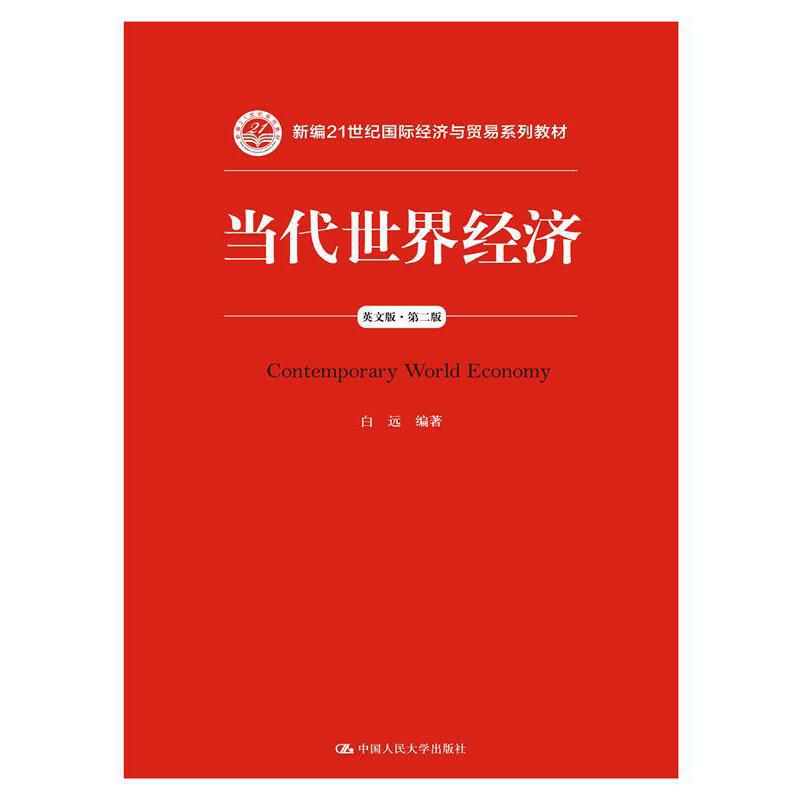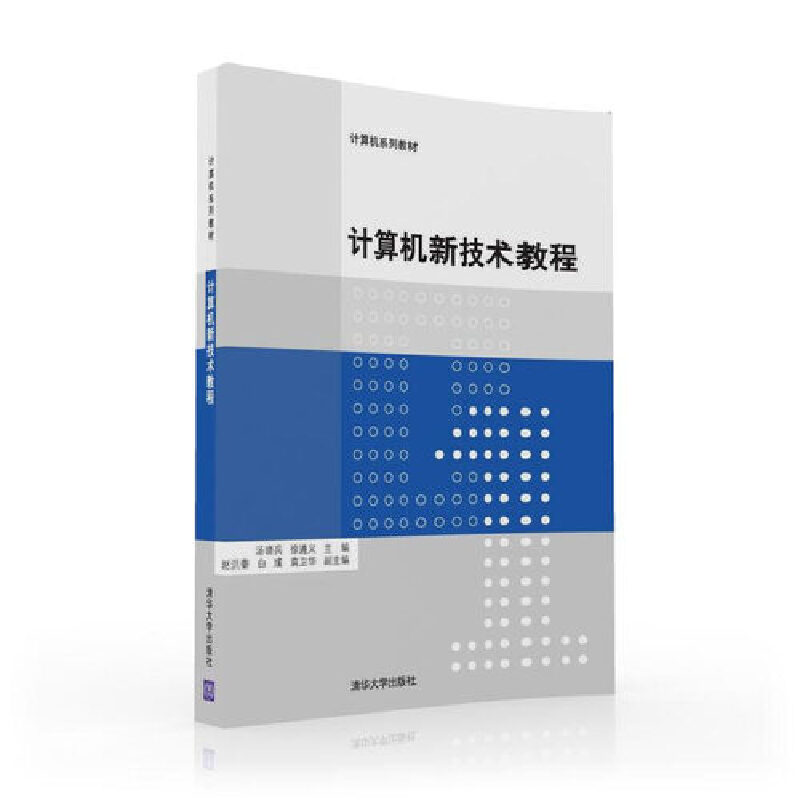商务交流(双语版)(刘晓鹏)
定价:¥24.00
作者: 刘晓鹏
出版时间:2012年9月
出版社:化学工业出版社
- 化学工业出版社
- 9787122146359
- 40452
- 2012年9月
- 高职经济与管理
- 高职
内容简介
本书以商务和管理活动为背景,按由简到繁、先基础后提高的思路编排,内容包括:有效信函的基础、各种信息的传达、求职,以及大型会议的演讲、报告等。最后设习题,便于读者练习和自我检测。
本书适用于高职高专经贸类专业以及其他相关专业的师生使用,也可以作为涉外企业从业人员的自学资料。
本书适用于高职高专经贸类专业以及其他相关专业的师生使用,也可以作为涉外企业从业人员的自学资料。
目录
1.Communication s Foundation1
1.1The importance communication1
1.2The managerial functio of communication1
1.3Formats for lette,memos,and e?mail messages2
1.3.1Formats for lette2
1.3.2Formats for Memos13
1.3.3Formats for e?Mail Messages17
2.The Structure of Your document20
2.1Choosing words20
2.2Developing sentences20
2.3Developing paragraphs22
2.3.1What is a paragraph?22
2.3.2The Basic Rule:Keep One Idea to One Paragraph22
2.3.3Elements of a Paragraph22
3.How to Start/Awer/End Lette24
3.1How to Start Your Letter24
3.1.1Thank You letter24
3.1.2A Letter of Request25
3.1.3Introduction letter25
3.2How to Awer Letter25
3.2.1Complaint Letter26
3.2.2Decline Letter27
3.3How to End Letter28
4.Good News29
4.1How to Write a Subject Line29
4.1.1Making Subject Lines Specific30
4.1.2Making Subject Lines Concise30
4.1.3Making Subject Lines Appropriate for the Pattern of
Organization30
4.2The Organization of Good News31
4.3When to use reader benefits 32
4.4The most common kinds of informative and positive messages33
4.4.1Thank?You and Congratulatory Notes33
4.4.2Adjustments and Respoes to Complaints35
4.4.3Tramittals36
4.4.4Confirmatio38
5.Bad News39
5.1The Parts of a Bad News39
5.1.1Subject Lines39
5.1.2Buffe40
5.1.3Reaso41
5.1.4Refusals42
5.1.5Alternatives42
5.1.6Endings43
5.2How to organize Negative Messages43
5.2.1Negative messages to clients and custome43
5.2.2Negative messages to superio43
5.2.3Negative messages to pee and subordinates44
5.3Example44
6.How to Apologize & How to Make a Mild Complaint48
6.1How to Apologize48
6.2How to Make a Mild Complaining Letter50
6.2.1Background50
6.2.2Problem51
6.2.3Solution52
6.2.4Warning (optional)52
6.2.5Closing52
6.3Example52
7.Peuasive Messages54
7.1The importance of peuasive messages54
7.2The classification and features of peuasive messages55
7.3Choosing a Peuasive Strategy55
7.3.1What do you want people to do?56
7.3.2What objectio, if any, will the audience have?56
7.3.3How strong a case can you make?57
7.3.4What kind of peuasion is best for the organization, and the
culture?58
7.4Using Your Analysis to Choose a Peuasive Strategy58
7.4.1Writing Peuasive Direct Request59
7.4.2Writing Peuasive Problem?Solving Messages60
7.5Tone in Peuasive Messages63
7.6Varieties of Peuasive Messages64
7.6.1Collection Lette64
7.6.2Performance Appraisals66
7.6.3Lette of Recommendation67
7.7Solving a Sample Problem68
8.Identify Purposes of Writing and Building Goodwill72
8.1To build goodwill72
8.2To create you?attitude72
8.3Positive emphasis78
8.4Reducing bias78
9.Reports80
9.1Title page81
9.2Letter or memo of tramittal83
9.3Table of contents85
9.4List of illustratio85
9.5Executive summary86
9.6Introduction87
9.7Background or History88
9.8Conclusio and Recommendatio88
10.Graphs and Other Visuals90
10.1When to use visuals91
10.2Designing visuals92
10.3Integrating visuals in your text98
11.Citing and Referencing99
11.1In?text citation99
11.2Bibliography/References101
12.Resume103
12.1When to prepare your job hunting103
12.2Evaluating your strengths and interests104
12.3What to include in a resume105
12.4Guidelines for resume107
12.5Mistakes and erro in a resume111
12.6Dealing with difficulties111
13.Making Oral Presentatio 113
13.1Dealing with fear113
13.2Purposes in oral presentatio114
13.3Planning a strategy for your presentation114
13.4Your opening and close should be strong115
13.4.1Your opener115
13.4.2Your End117
13.5Planning PowerPoint Slides117
13.6Organizing your information118
13.7Delivering a presentation118
13.8An example presentation text119
14.Organizing a meeting120
14.1Fit decide if you need to have a meeting120
14.2How to organize a meeting120
14.2.1Identify the need for a meeting121
14.2.2Planning a meeting121
14.2.3Arranging a meeting124
14.2.4Preparing for a meeting124
14.2.5Running a meeting125
14.2.6Finalizing & issuing the agreed minutes125
14.3During a meeting125
14.3.1At the beginning, you d have Small Talk125
14.3.2Welcome126
14.3.3Introductio126
14.3.4Roll Call/Apologies127
14.3.5Objectives127
14.3.6Following the Agenda128
14.3.7Closing a Meeting132
14.4Vocabulary for meetings134
Exercises137
1.1The importance communication1
1.2The managerial functio of communication1
1.3Formats for lette,memos,and e?mail messages2
1.3.1Formats for lette2
1.3.2Formats for Memos13
1.3.3Formats for e?Mail Messages17
2.The Structure of Your document20
2.1Choosing words20
2.2Developing sentences20
2.3Developing paragraphs22
2.3.1What is a paragraph?22
2.3.2The Basic Rule:Keep One Idea to One Paragraph22
2.3.3Elements of a Paragraph22
3.How to Start/Awer/End Lette24
3.1How to Start Your Letter24
3.1.1Thank You letter24
3.1.2A Letter of Request25
3.1.3Introduction letter25
3.2How to Awer Letter25
3.2.1Complaint Letter26
3.2.2Decline Letter27
3.3How to End Letter28
4.Good News29
4.1How to Write a Subject Line29
4.1.1Making Subject Lines Specific30
4.1.2Making Subject Lines Concise30
4.1.3Making Subject Lines Appropriate for the Pattern of
Organization30
4.2The Organization of Good News31
4.3When to use reader benefits 32
4.4The most common kinds of informative and positive messages33
4.4.1Thank?You and Congratulatory Notes33
4.4.2Adjustments and Respoes to Complaints35
4.4.3Tramittals36
4.4.4Confirmatio38
5.Bad News39
5.1The Parts of a Bad News39
5.1.1Subject Lines39
5.1.2Buffe40
5.1.3Reaso41
5.1.4Refusals42
5.1.5Alternatives42
5.1.6Endings43
5.2How to organize Negative Messages43
5.2.1Negative messages to clients and custome43
5.2.2Negative messages to superio43
5.2.3Negative messages to pee and subordinates44
5.3Example44
6.How to Apologize & How to Make a Mild Complaint48
6.1How to Apologize48
6.2How to Make a Mild Complaining Letter50
6.2.1Background50
6.2.2Problem51
6.2.3Solution52
6.2.4Warning (optional)52
6.2.5Closing52
6.3Example52
7.Peuasive Messages54
7.1The importance of peuasive messages54
7.2The classification and features of peuasive messages55
7.3Choosing a Peuasive Strategy55
7.3.1What do you want people to do?56
7.3.2What objectio, if any, will the audience have?56
7.3.3How strong a case can you make?57
7.3.4What kind of peuasion is best for the organization, and the
culture?58
7.4Using Your Analysis to Choose a Peuasive Strategy58
7.4.1Writing Peuasive Direct Request59
7.4.2Writing Peuasive Problem?Solving Messages60
7.5Tone in Peuasive Messages63
7.6Varieties of Peuasive Messages64
7.6.1Collection Lette64
7.6.2Performance Appraisals66
7.6.3Lette of Recommendation67
7.7Solving a Sample Problem68
8.Identify Purposes of Writing and Building Goodwill72
8.1To build goodwill72
8.2To create you?attitude72
8.3Positive emphasis78
8.4Reducing bias78
9.Reports80
9.1Title page81
9.2Letter or memo of tramittal83
9.3Table of contents85
9.4List of illustratio85
9.5Executive summary86
9.6Introduction87
9.7Background or History88
9.8Conclusio and Recommendatio88
10.Graphs and Other Visuals90
10.1When to use visuals91
10.2Designing visuals92
10.3Integrating visuals in your text98
11.Citing and Referencing99
11.1In?text citation99
11.2Bibliography/References101
12.Resume103
12.1When to prepare your job hunting103
12.2Evaluating your strengths and interests104
12.3What to include in a resume105
12.4Guidelines for resume107
12.5Mistakes and erro in a resume111
12.6Dealing with difficulties111
13.Making Oral Presentatio 113
13.1Dealing with fear113
13.2Purposes in oral presentatio114
13.3Planning a strategy for your presentation114
13.4Your opening and close should be strong115
13.4.1Your opener115
13.4.2Your End117
13.5Planning PowerPoint Slides117
13.6Organizing your information118
13.7Delivering a presentation118
13.8An example presentation text119
14.Organizing a meeting120
14.1Fit decide if you need to have a meeting120
14.2How to organize a meeting120
14.2.1Identify the need for a meeting121
14.2.2Planning a meeting121
14.2.3Arranging a meeting124
14.2.4Preparing for a meeting124
14.2.5Running a meeting125
14.2.6Finalizing & issuing the agreed minutes125
14.3During a meeting125
14.3.1At the beginning, you d have Small Talk125
14.3.2Welcome126
14.3.3Introductio126
14.3.4Roll Call/Apologies127
14.3.5Objectives127
14.3.6Following the Agenda128
14.3.7Closing a Meeting132
14.4Vocabulary for meetings134
Exercises137








